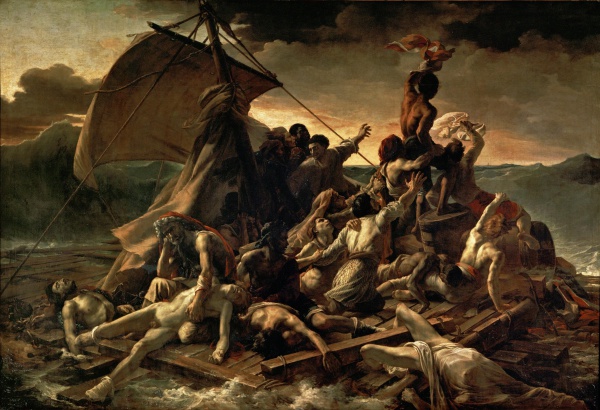Facts About The Raft of the Medusa
"The Raft of the Medusa" is an iconic oil painting created between 1818 and 1819 by the French artist Théodore Géricault. This monumental work captures a harrowing moment from the aftermath of the shipwreck of the French naval frigate Méduse in 1816. The survivors faced unimaginable horrors, including starvation, dehydration, and even cannibalism.
Géricault didn't just paint this scene from his imagination; he went to great lengths to achieve authenticity. He interviewed survivors, studied corpses, and even constructed a detailed scale model of the raft. His dedication resulted in a painting that was both controversial and groundbreaking, solidifying his status as a key figure in French Romanticism.
The painting represents a significant departure from the calm and orderly Neoclassical style that preceded it. Instead, Géricault created a dramatic and emotionally charged scene. The monumental scale, the realistic portrayal of human suffering, and the intense use of color and light make the painting unforgettable. It profoundly influenced artists like Delacroix, Turner, Courbet, and Manet, helping to shape both the Romantic and Realist movements.
When "The Raft of the Medusa" was first exhibited at the Paris Salon in 1819, it elicited a mix of praise and criticism. However, its reception in London was much more positive. Eventually, the painting was acquired by the Louvre, where it remains a highlight of the museum's collection.
Géricault's masterpiece has inspired countless artists across Europe and America. Its themes, composition, and approach to depicting contemporary events have left a lasting legacy. Today, "The Raft of the Medusa" is considered a cornerstone of the Romantic movement, blending classical structure with intense emotion. The painting continues to be studied and admired for its powerful depiction of human suffering and resilience in the face of tragedy.

 Andorra
Andorra